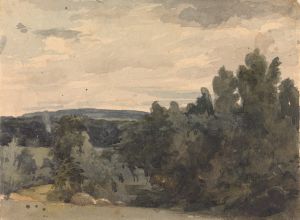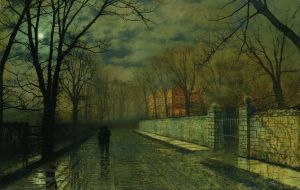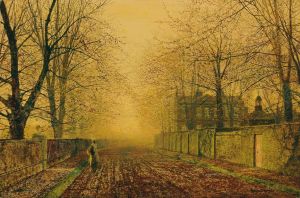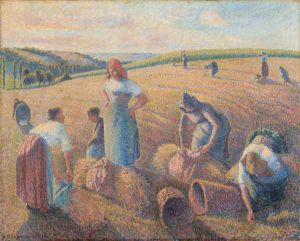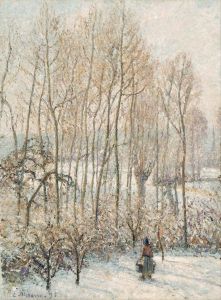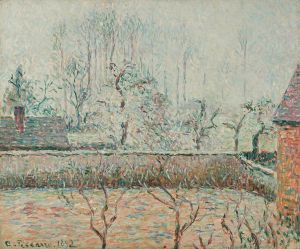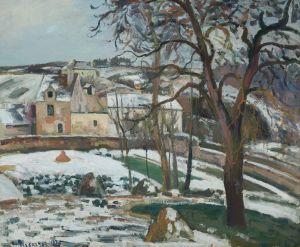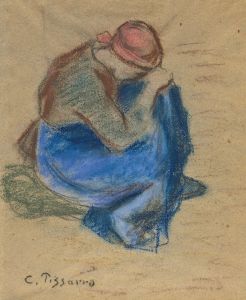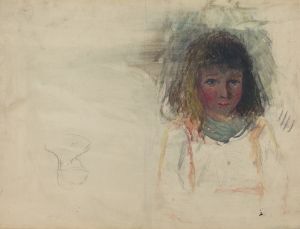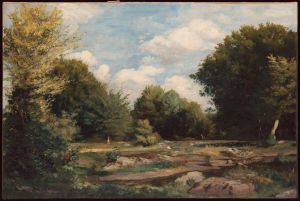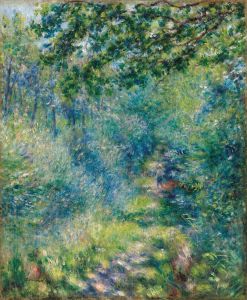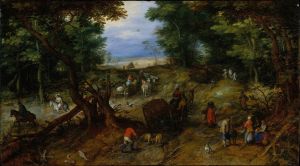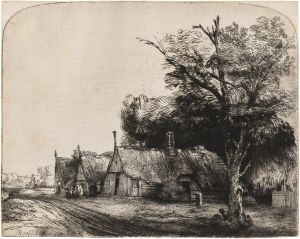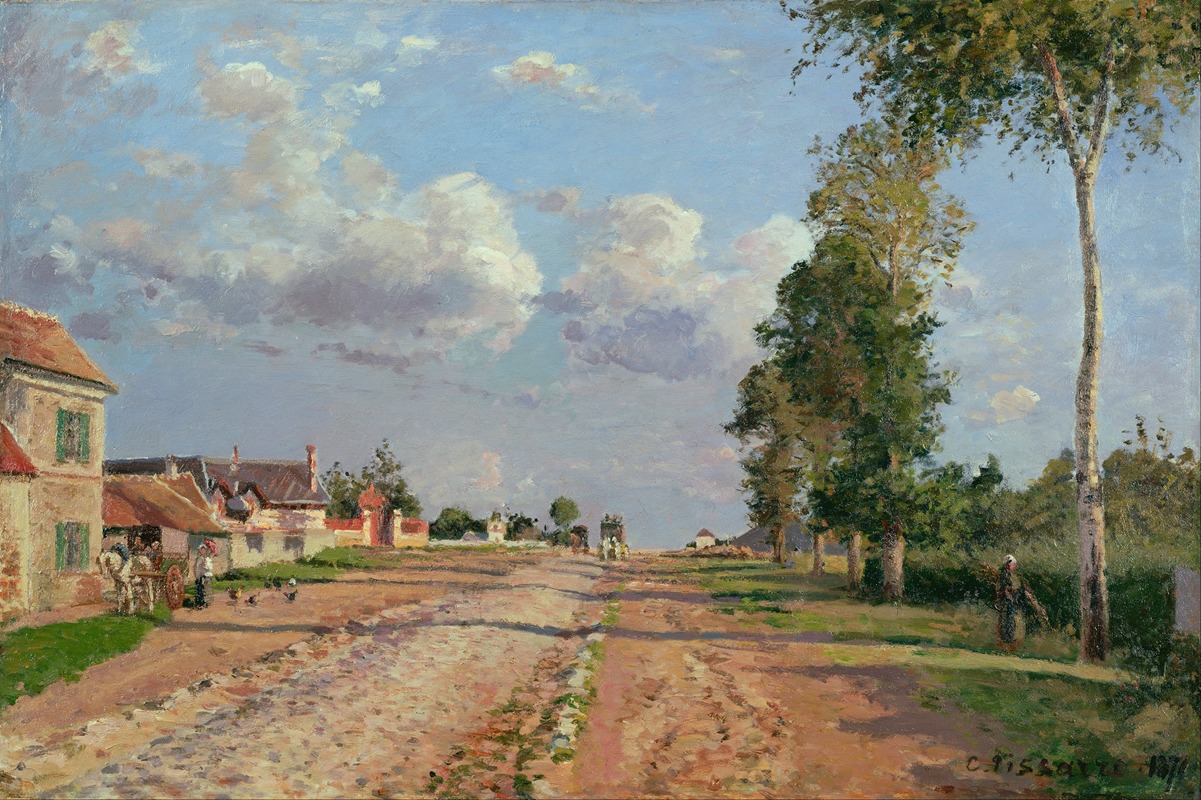
Route de Versailles, Rocquencourt
A hand-painted replica of Camille Pissarro’s masterpiece Route de Versailles, Rocquencourt, meticulously crafted by professional artists to capture the true essence of the original. Each piece is created with museum-quality canvas and rare mineral pigments, carefully painted by experienced artists with delicate brushstrokes and rich, layered colors to perfectly recreate the texture of the original artwork. Unlike machine-printed reproductions, this hand-painted version brings the painting to life, infused with the artist’s emotions and skill in every stroke. Whether for personal collection or home decoration, it instantly elevates the artistic atmosphere of any space.
Camille Pissarro, a prominent figure in the Impressionist movement, painted "Route de Versailles, Rocquencourt" in 1871. This artwork is a fine example of Pissarro's dedication to capturing the essence of rural and suburban landscapes in France during the late 19th century. Pissarro, born in 1830 in the Danish West Indies, moved to France as a young man, where he became a central figure in the Impressionist movement, known for his innovative use of color and light.
"Route de Versailles, Rocquencourt" depicts a scene in Rocquencourt, a commune in the Yvelines department in the Île-de-France region, located near Versailles. This area was a frequent subject for Pissarro, who was captivated by the serene and pastoral landscapes that contrasted with the bustling urban life of Paris. The painting illustrates a road leading through the village, bordered by trees and houses, under a vast, open sky. Pissarro's brushwork in this piece is characteristic of his style, with loose, expressive strokes that convey movement and the transient effects of light.
The painting reflects Pissarro's interest in the everyday life of rural communities and his commitment to portraying the natural world with authenticity and immediacy. His use of color is subtle yet effective, with a palette that captures the muted tones of the landscape, suggesting a specific time of day and atmospheric conditions. The composition is balanced, with the road leading the viewer's eye through the scene, inviting them to explore the tranquil setting.
Pissarro's work during this period was influenced by his interactions with other Impressionist artists, such as Claude Monet and Alfred Sisley, who shared his interest in plein air painting and the effects of natural light. The Impressionists sought to break away from the formal constraints of academic art, focusing instead on capturing the fleeting moments of everyday life and the changing qualities of light and color.
"Route de Versailles, Rocquencourt" exemplifies Pissarro's ability to convey a sense of place and atmosphere, making the viewer feel as though they are part of the scene. His attention to detail and his skillful rendering of the landscape demonstrate his deep appreciation for the natural world and his desire to depict it truthfully.
Throughout his career, Pissarro remained committed to the principles of Impressionism, even as the movement evolved and new artistic trends emerged. His work has had a lasting impact on the development of modern art, influencing subsequent generations of artists. Today, Pissarro is celebrated as one of the founding figures of Impressionism, and his paintings continue to be admired for their beauty, technical skill, and innovative approach to capturing the world around him.
"Route de Versailles, Rocquencourt" is a testament to Pissarro's mastery of landscape painting and his ability to convey the quiet beauty of rural France. The painting is held in high regard and is part of various public and private collections, where it continues to be appreciated by art enthusiasts and scholars alike.





